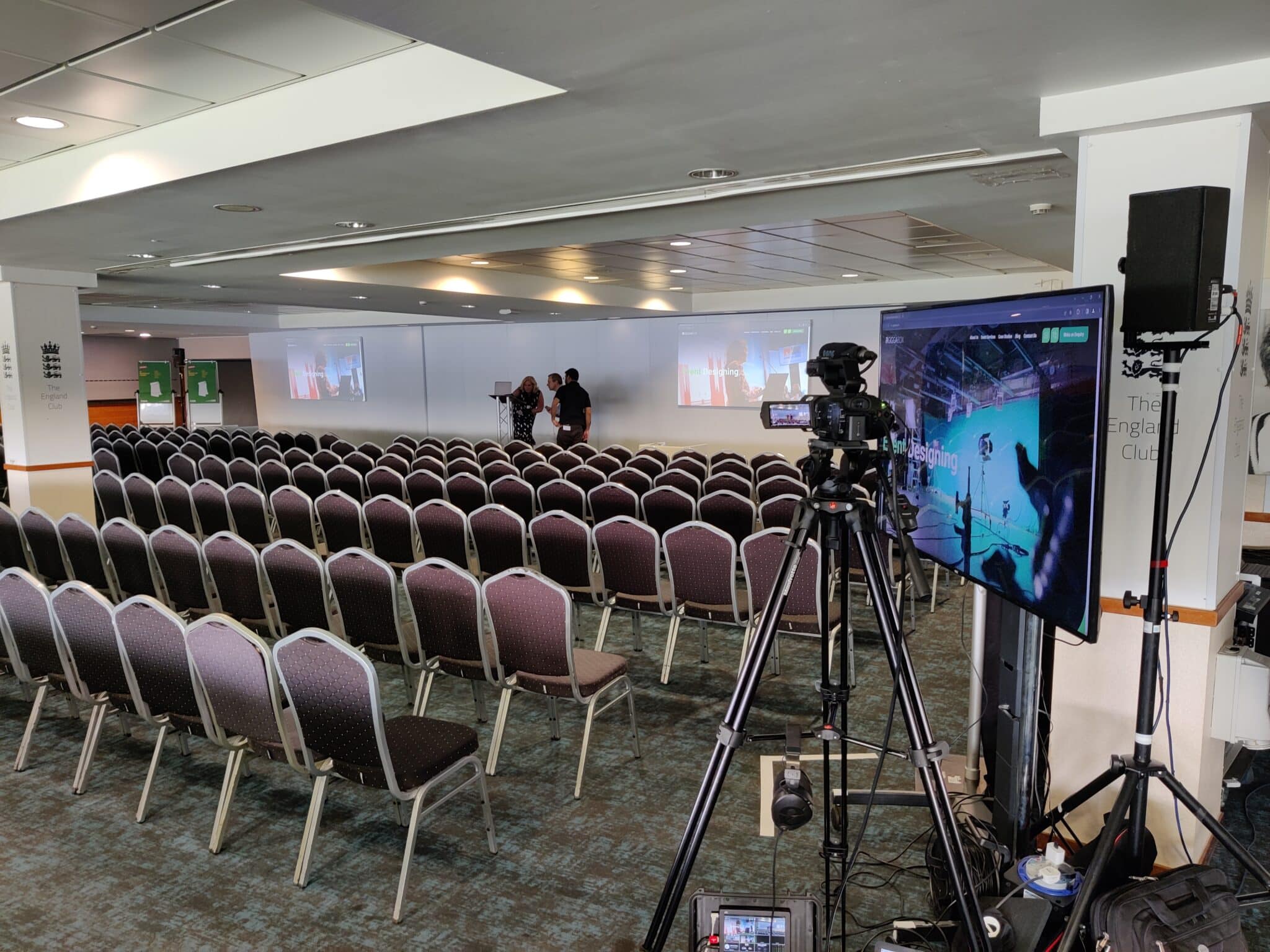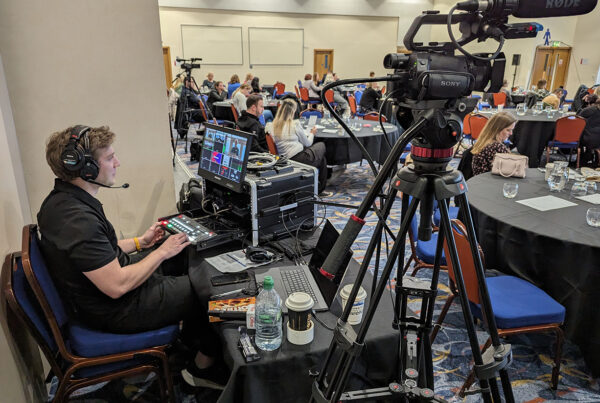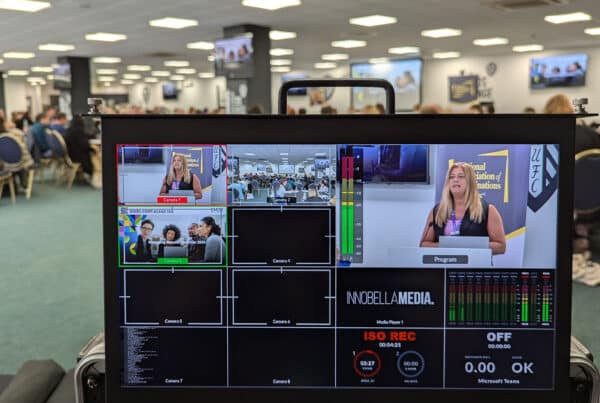Live streaming is not a new phenomenon, but it has become increasingly popular in recent years, especially during and after the COVID-19 pandemic, as more businesses realize its potential benefits. Live streaming is the process of broadcasting video and audio content over the internet in real time, allowing viewers to watch and interact with the content as it happens. The destination for your live broadcast can be familiar and wide-reaching platforms such as YouTube and Facebook for maximum engagement and ease of use by viewers, or the event can be livestreamed to a more private platform if your event demands it. Live streaming can be used for various purposes, such as marketing, education, entertainment, communication, and collaboration.
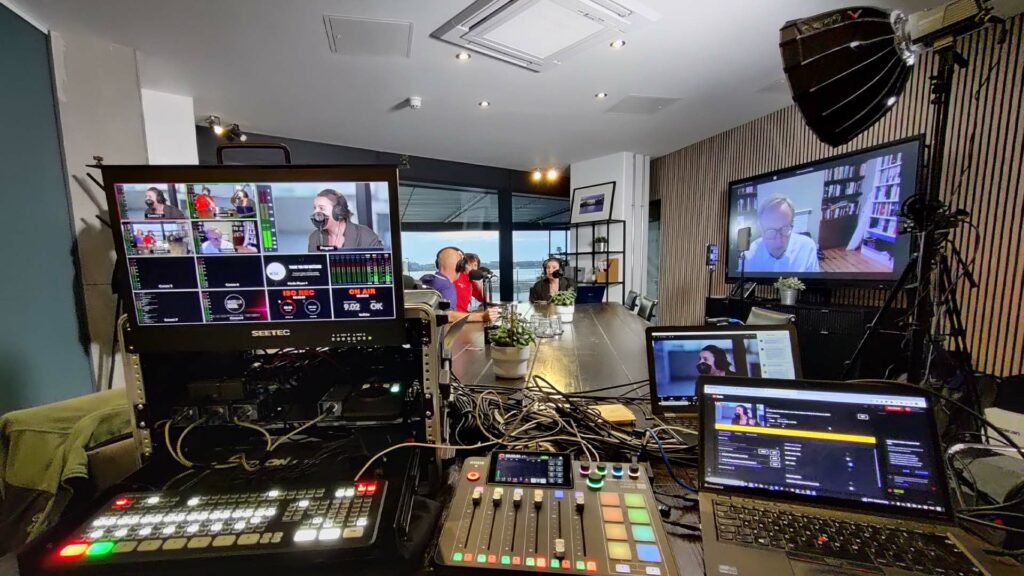
One of the most common uses of live streaming is to host corporate events, such as conferences, webinars, product launches, workshops, and training sessions. Live streaming can help businesses reach a wider and more diverse audience, reduce costs and environmental impact, increase brand awareness and credibility, and generate leads and sales. Live streaming can also provide a unique opportunity to engage with remote audiences who may not be able to attend the event in person and thus would otherwise miss out entirely.
However, live streaming isn’t always easy and it also comes with some challenges such as technical issues, security risks, legal compliance, and audience retention. To overcome these challenges and ensure a successful live streaming event, businesses need to plan ahead, choose the right platform and equipment, test the stream quality, promote the event, and monitor the feedback. Moreover, businesses need to adopt some strategies to keep their remote audiences engaged and interested throughout the live stream.
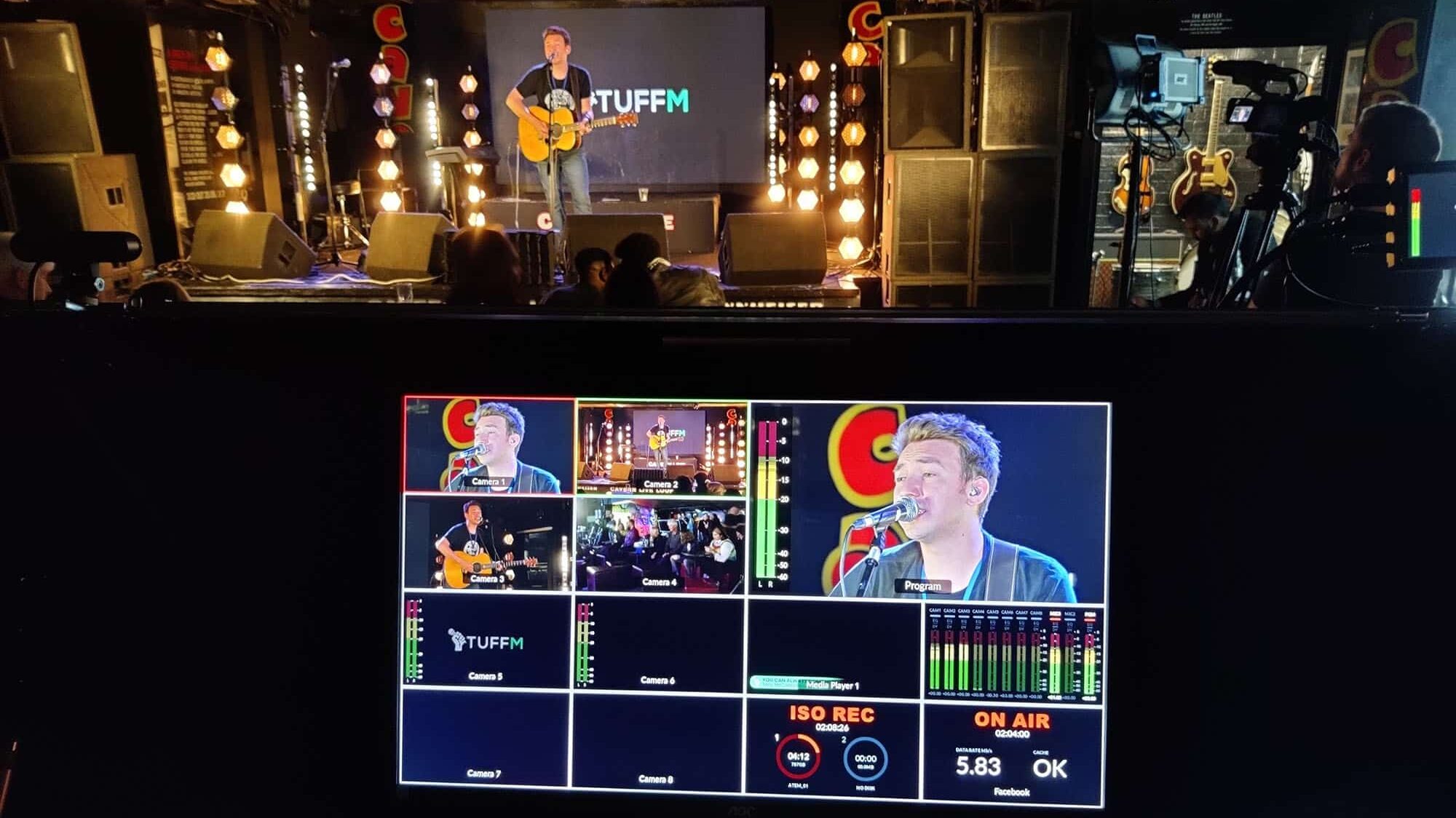
Here are some tips on how to keep your remote audiences engaged while they are watching your live stream:
- Create an agenda and share it with your audience before the event. This will help your audience know what to expect from the live stream and prepare any questions or comments they may have. You can also use the agenda to remind your audience of the key points and highlights during the event.
- Use interactive features and tools. Most live streaming platforms offer various features and tools that allow you to interact with your audience in real time, such as polls, quizzes, surveys, Q&A sessions, chat rooms, and social media integration. You can use these features and tools to solicit feedback, opinions, suggestions, questions, and testimonials from your audience. You can also use them to create a sense of community and connection among your viewers.
- Invite guest speakers and influencers. Another way to keep your audience engaged is to invite guest speakers and influencers who are relevant to your topic and industry. Guest speakers and influencers can provide valuable insights, perspectives, experiences, and stories that can enrich your content and spark interest among your audience. You can also leverage their network and influence to attract more viewers to your live stream.
- Use visuals and multimedia. Visuals and multimedia can make your live stream more appealing and captivating for your audience. You can use images, videos, slides, animations, graphs, charts, diagrams, and other visual elements to illustrate your points and support your arguments. You can also use music, sound effects, transitions, and other audio elements to create a mood and atmosphere for your live stream.
- Encourage participation and engagement. One of the main advantages of live streaming is that it allows you to communicate with your audience in real time. You should take advantage of this opportunity and encourage your audience to participate and engage with you and each other during the live stream. You can do this by asking open-ended questions, acknowledging comments and feedbacks, addressing concerns and objections, offering incentives and rewards, creating contests and challenges, and thanking your viewers for their support.
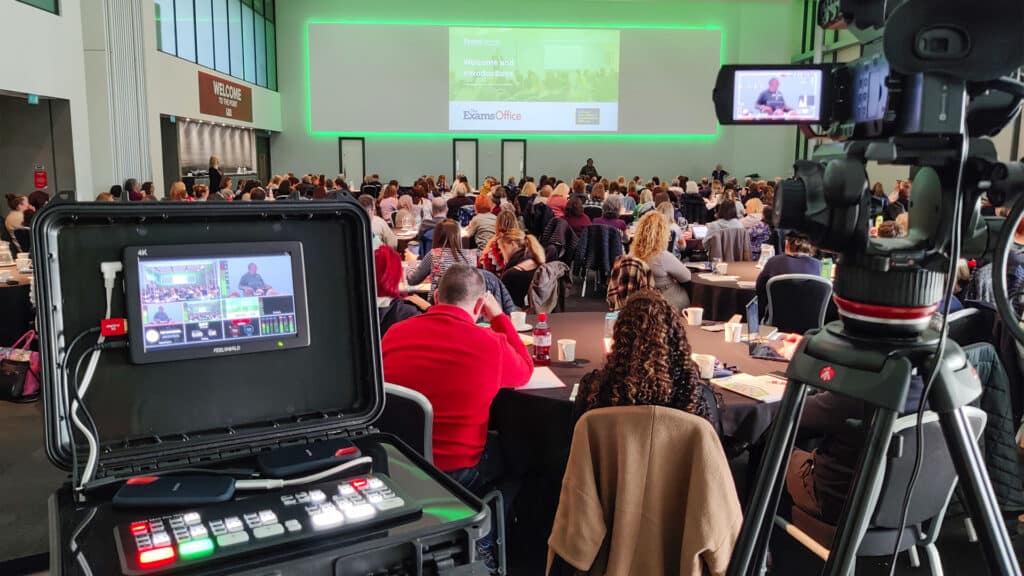
Live streaming is a powerful tool that can help you boost your business and engage your remote audience. By following these tips, you can create a memorable and impactful live streaming event that will leave a lasting impression on your viewers.
